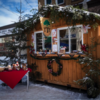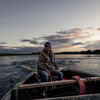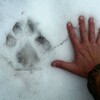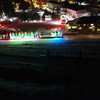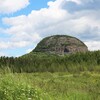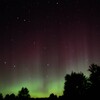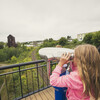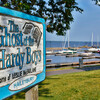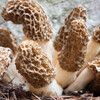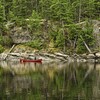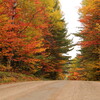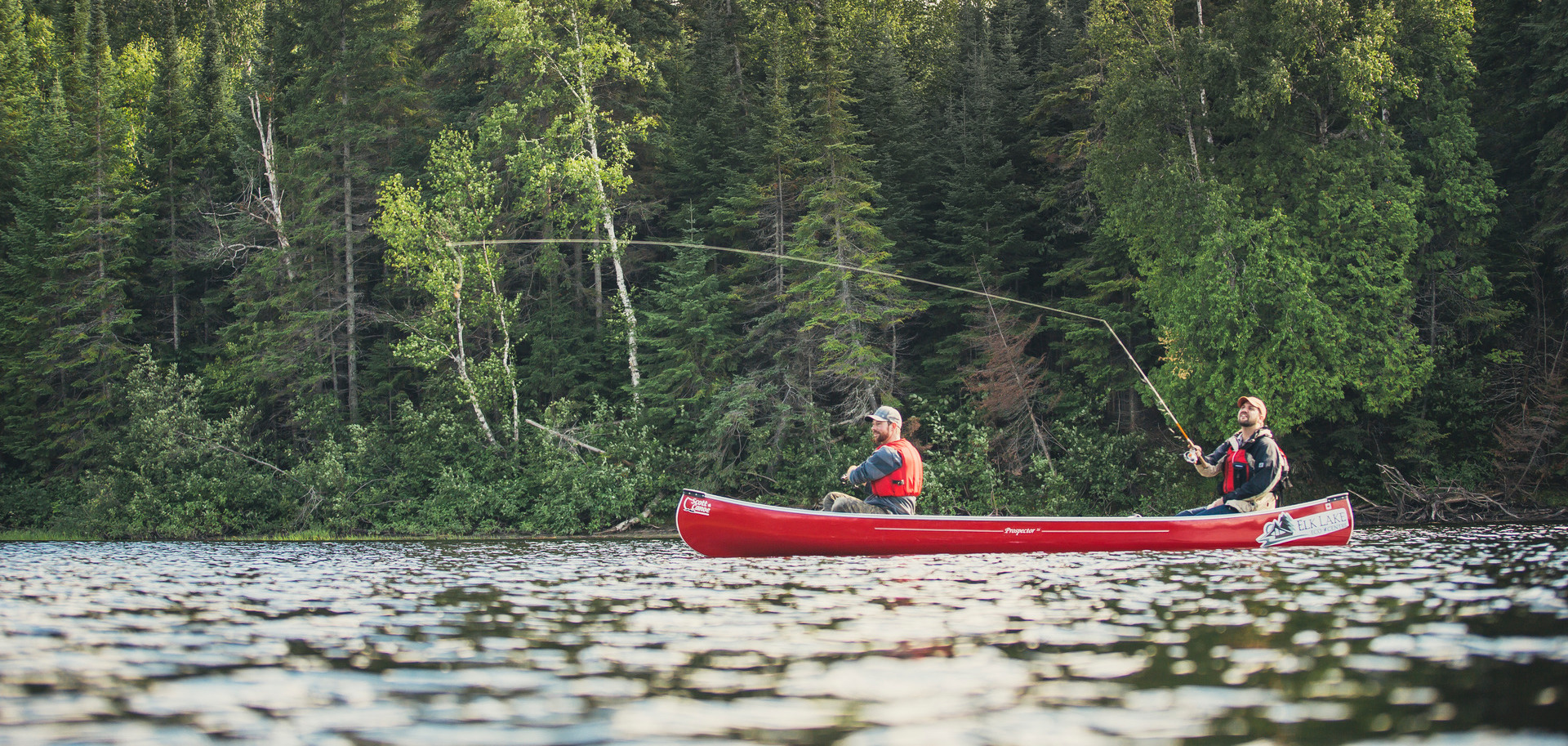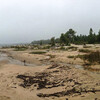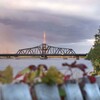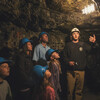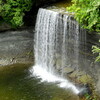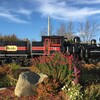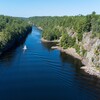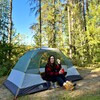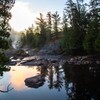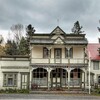
Colder Than Expected Conditions for Spring Brookies
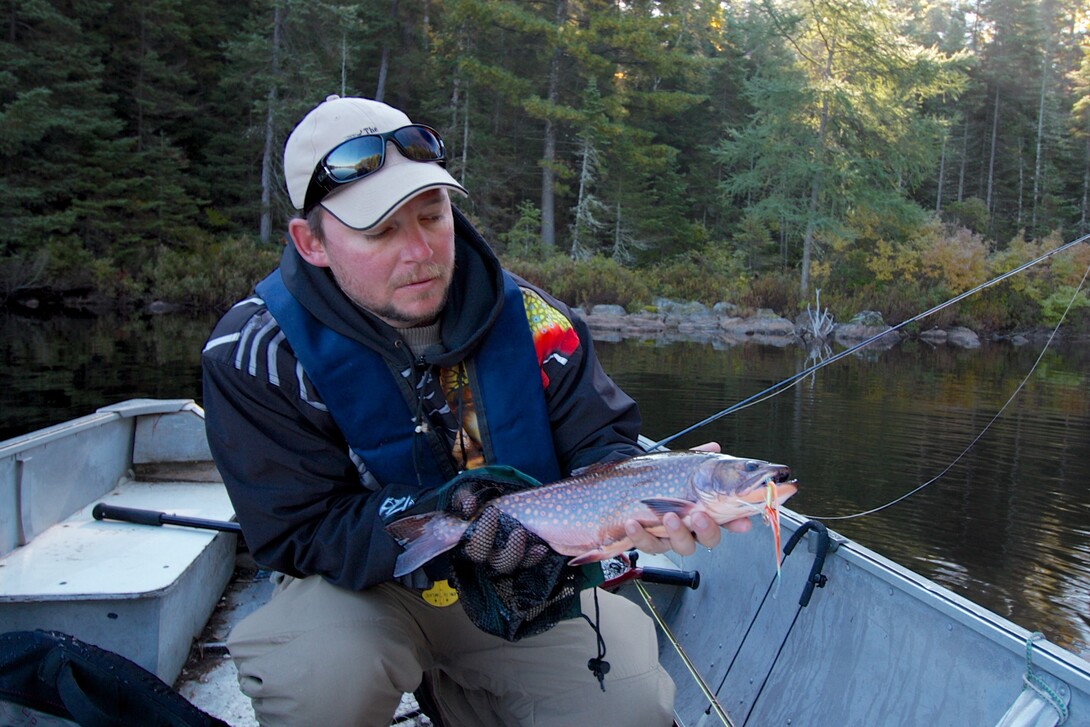
The beloved brook trout is one of spring’s greatest gifts, but what happens when Mother Nature is a little late arriving with unseasonably cold temperatures? Rest assured, as I have a few trout tricks up my sleeve to deal with colder than expected spring conditions.
Although the brook trout, or salvelinus fontinalis as they are known scientifically, are a cold-water species by nature, a later than usual spring thaw can create problems for anglers—making these beautiful fish extremely tough to catch. Understanding cold, early conditions and how to overcome them will put a lot more trout in your creel this spring.
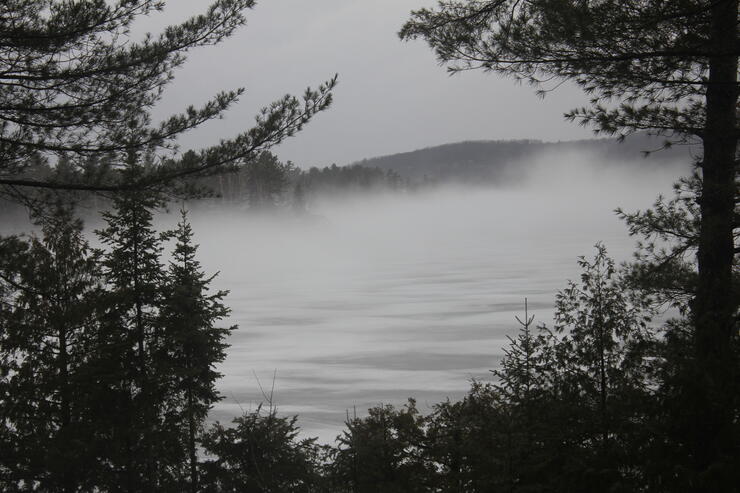
Locations
Since lake productivity has yet to bloom in Northeastern Ontario under bitter spring conditions, submergent and emergent vegetation growth has yet to begin. This leaves fewer ambush sites for feeding trout, and fewer areas for forage (minnows) to take refuge. One location I like to target during cold spring conditions are places where remnant areas of weed growth exist. Even a small cluster of duckweed, or water milfoil could potentially hold active spring trout lying in wait for a quick meal. Seek out any apparent live structure and you will surely find a few active fish.
Usually by the time the season opener rolls around, ice floes in "spec country" have all but dissolved and brookies have dispersed from their winter holding areas. In later-than-usual conditions such as this, the presence of floating and suspended debris in the water may turn normally clear lakes murky and even tea-stained for several days.
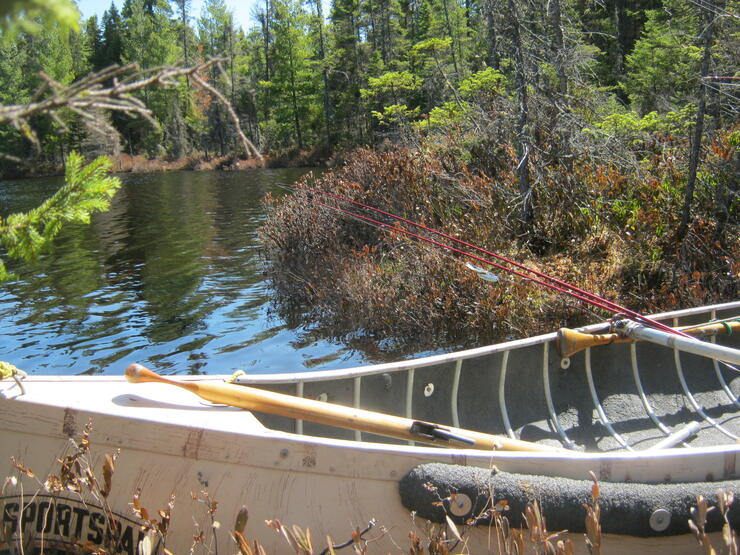
Photo: Jeff Morrison
presentations
As anglers, we should be aware of a fish’s sense of sight and smell under these conditions. Try using bright, flashy baits with a sound that fish can hone in on. The presence of floating and suspended debris means modifying your presentation and slowing it down a notch. Retrieve your casts gently and methodically. With more in-water obstacles and poorer viability to deal with, trout require more time to see and respond to your bait offering
Ice Covering
There are some trout lakes I fish during the late spring where large chunks of ice persist, and can even be felt bouncing off the side of the canoe. Trout fishing with lingering ice is challenging, but it can be done. When a large portion of the water body is ice-covered, and chunks are present, vertical fishing may be the only option. A vertical jig approach is sometimes required when casting and trolling is not yet an option.
When fishing on a partially ice-covered lake, be sure to keep safety first by using a stable boat and trying to avoid heavily iced areas. Since the ice shedding-off period does not last long, be patient and you will notice it disappear before your eyes while on the water. Warm weather and high winds are the perfect ice-out recipe. Keep an eye on the weather forecast and be prepared to hit the first available ‘safe’ open water.
Early Season Lures
I like to use bright chrome, silver, or gold spoons in these conditions since the trout are often not actively piscivorous (feeding on forage minnows). At this point, I run a 6” -8” monofilament snelled hook, on a #4 or #6 bait holder with a small chunk of worm. This approach is effective just before the big invertebrate hatches that occur a week or two following ice-out.
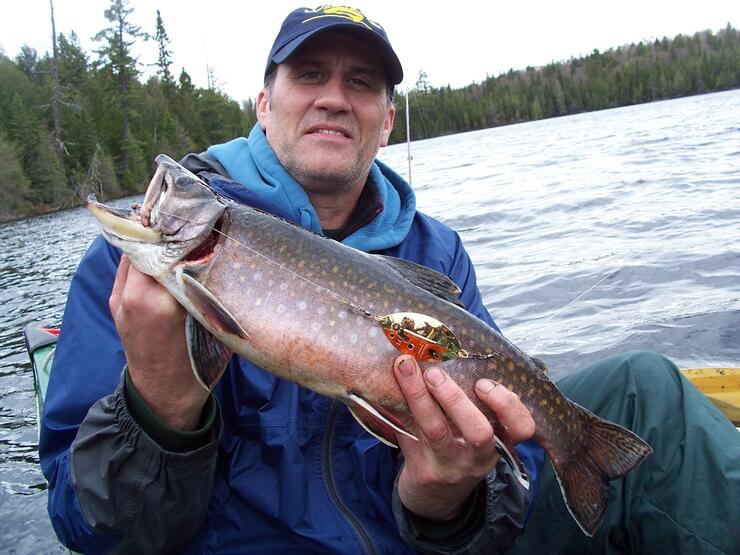
Photo: Jeff Morrison
Many die-hard trouters will swear by a certain spoon their entire lives and never switch. Others mix things up by clipping on a large wobbler for trolling, then replacing it with a small minnow-type casting spoon soon after. I have discovered Breck’s products like Mooselook, Williams, and Lake Clear wobblers are excellent in cooler than usual spring conditions.
A worm chunk should be tied on a strip of monofilament, six inches to 12 inches behind the spoon. When fish become more active try going with the shorter 6-inch lead, but stay with a longer extension when fish are shy. The flash of the spoon will bring them in for a "look-see" while the worm provides them something to bite.
Find a Brook Trout Lodge experience
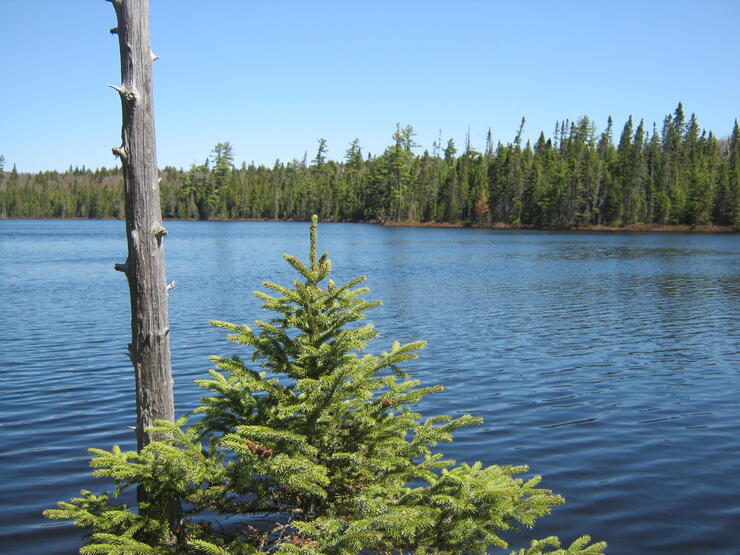
Many of the lodges in Northeastern Ontario cater to brook trout anglers during late April or early May once lake ice has begun to lift. For that not-so-faint of heart anglers willing to put in some effort, many lodges offer backwoods trout lakes on their territory, a short portage from the main lake.
I have carried my old Sportspal canoe on my shoulders through some of the roughest north county imaginable, and been rewarded with truly magnificent spring specs! Be sure to ask your lodge owner if any such lakes exist in the vicinity.
Find a list of great fishing lodges here.
You can also check out renowned trout angler Gord Ellis’s article on some of the province’s brook trout hotspots right here.
Trout season and regulations
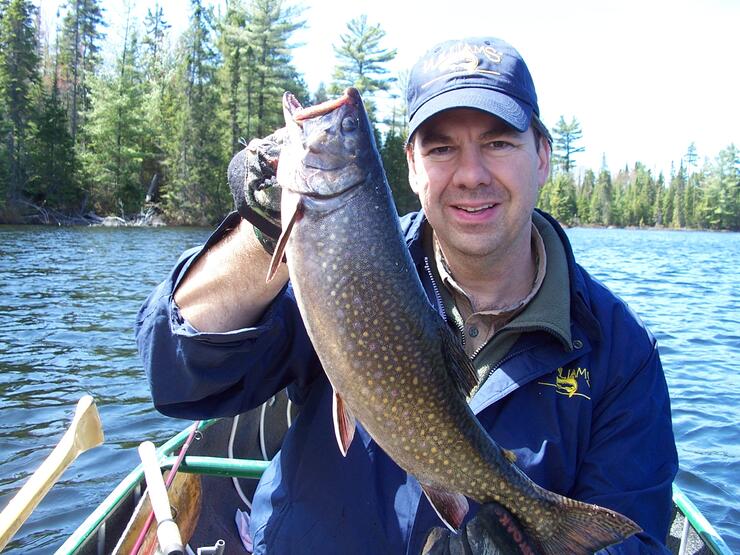
Trout fishing in Northeastern Ontario (Zones 10 & 11) is open until Sep 30th with catch limits of five brook trout for the Sport Fishing License, and two under the Conservation License. Please note that in Zone 11, the rules are as follows:
- Sport - 5; not more than 1 trout greater than 31 cm (12.2 in.)
- Conservation - 2; none greater than 31 cm (12.2 in.)
For more information and the Ontario Fisheries Management Zones, obtaining an Ontario Fishing License, and catch regulations, visit the Ontario Ministry of Natural Resources and Forestry.
Recommended Articles
The Seven's Best Hikes, Biking Trails and Lakes

7 Best Spots to Check Out in The Seven

Budget Bliss: Explore Northeastern Ontario Without Breaking the Bank

Bring Your Fam!

Time to Unwind: 6 Spa Havens to Discover In The Seven
5 Amazing Places to SUP in Northeastern Ontario

5 Amazing Bike Rides to Discover

Northern Lights in Northeastern Ontario

Northeastern Ontario's Best Pride Festivals

Fish for one of the World's Rarest Species of Trout

An Insider's Guide to Manitoulin Island

6 Small-Town Gems to Explore in Northeastern Ontario

11 Best Things to Do in Kapuskasing, Ontario

